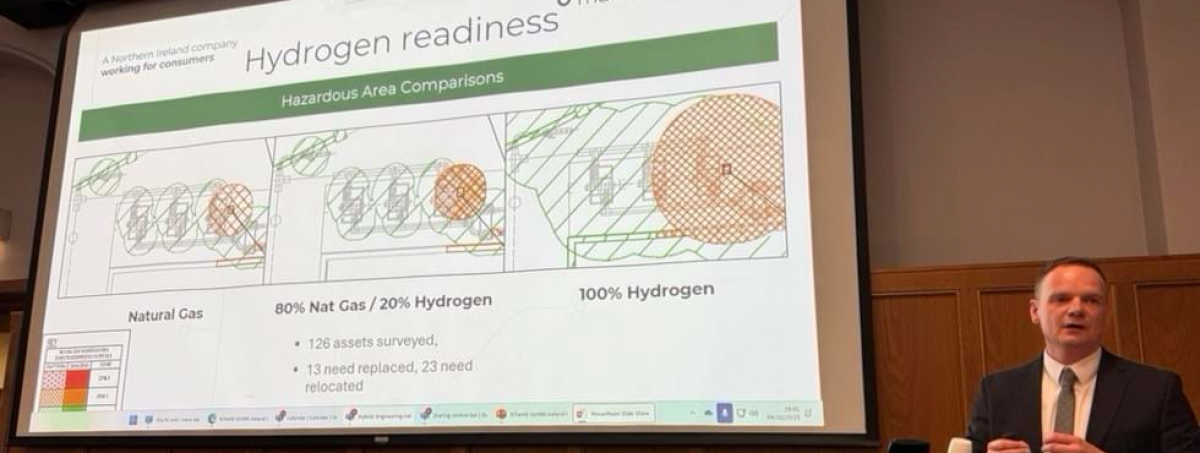Ireland’s path to a hydrogen-powered economy is being tested by cost, infrastructure, and regulatory challenges, according to leading energy experts at the IChemE All Ireland Member Group (AIMG) workshop held at Queen’s University Belfast.
Chemical engineers and industry specialists gathered to assess hydrogen’s potential in decarbonising Ireland’s key industries, including cement, pharmaceuticals, and heavy manufacturing. While low-carbon hydrogen is seen as essential for sectors with limited alternatives, its high production cost remains a sticking point.
AIMG secretary Marcus Bishop pointed out that hydrogen is still more expensive than fossil fuels but said the cost gap should narrow as policy mechanisms improve. He called policy “the key lever” for enabling large-scale hydrogen deployment and stabilising investment confidence.
David Rooney of Queen’s University Belfast emphasised the need to rethink hydrogen integration — from using oxygen byproducts in water treatment to producing methanol-based fertilisers for agriculture. He noted that linking hydrogen with existing supply chains could unlock new efficiencies.
Northern Ireland’s Mannok Cement offered a practical example through its “Mannok Energy Valley” project, using wind power to produce hydrogen and oxygen. The initiative aims to eliminate diesel use across its operations and achieve net zero by 2040.
Hydrogen’s future in Ireland will depend on aligning industrial ambition with cost-effective policy frameworks and coordinated infrastructure planning. Explore the full story for deeper insights into Ireland’s hydrogen roadmap and industry perspectives.

















.png)

